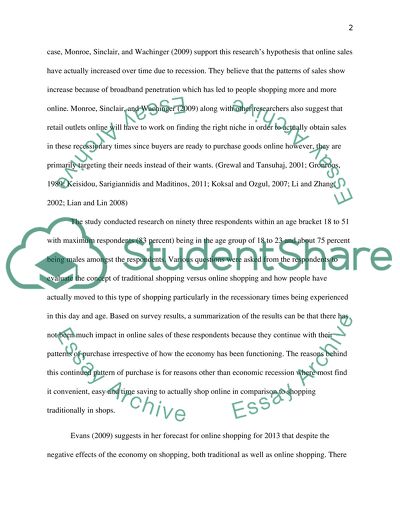Cite this document
(“Investigation on the influence of the recession towards online Dissertation”, n.d.)
Retrieved from https://studentshare.org/e-commerce/1397306-investigation-on-the-influence-of-the-recession
Retrieved from https://studentshare.org/e-commerce/1397306-investigation-on-the-influence-of-the-recession
(Investigation on the Influence of the Recession towards Online Dissertation)
https://studentshare.org/e-commerce/1397306-investigation-on-the-influence-of-the-recession.
https://studentshare.org/e-commerce/1397306-investigation-on-the-influence-of-the-recession.
“Investigation on the Influence of the Recession towards Online Dissertation”, n.d. https://studentshare.org/e-commerce/1397306-investigation-on-the-influence-of-the-recession.


